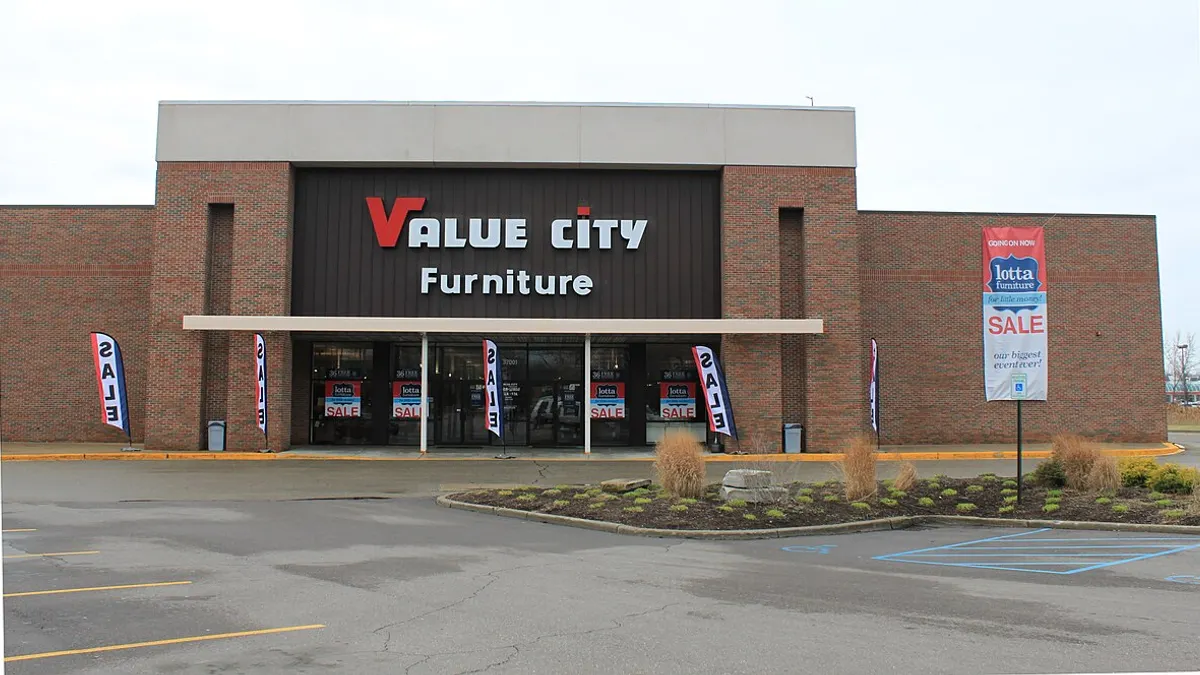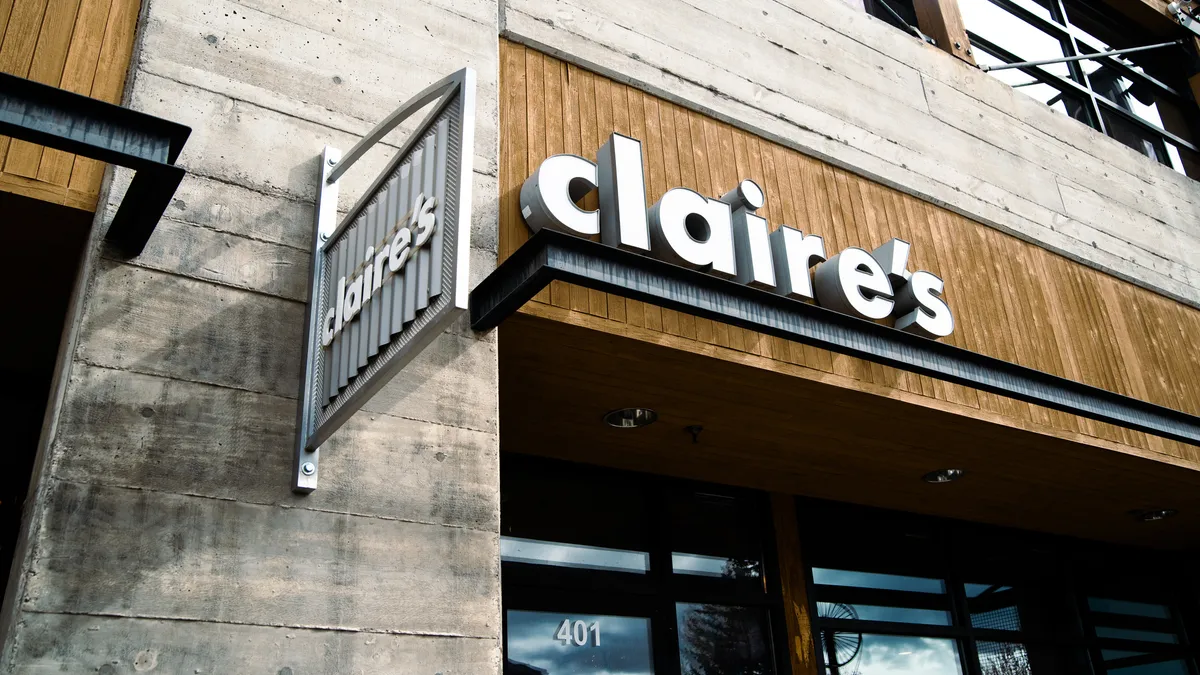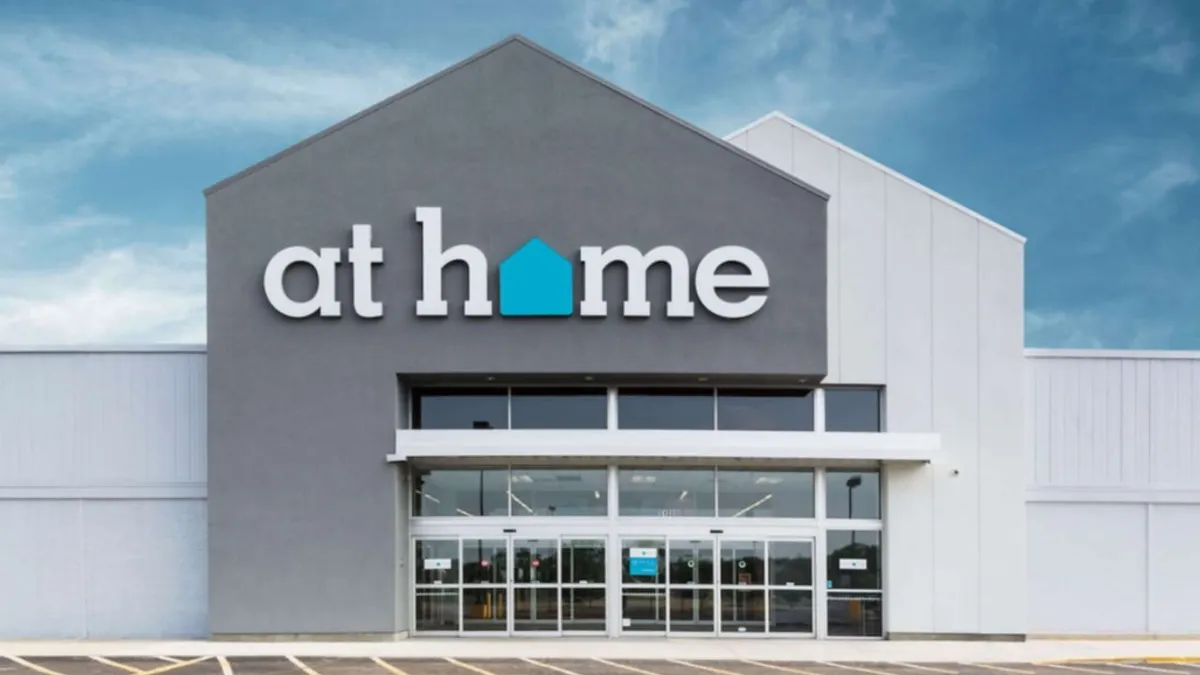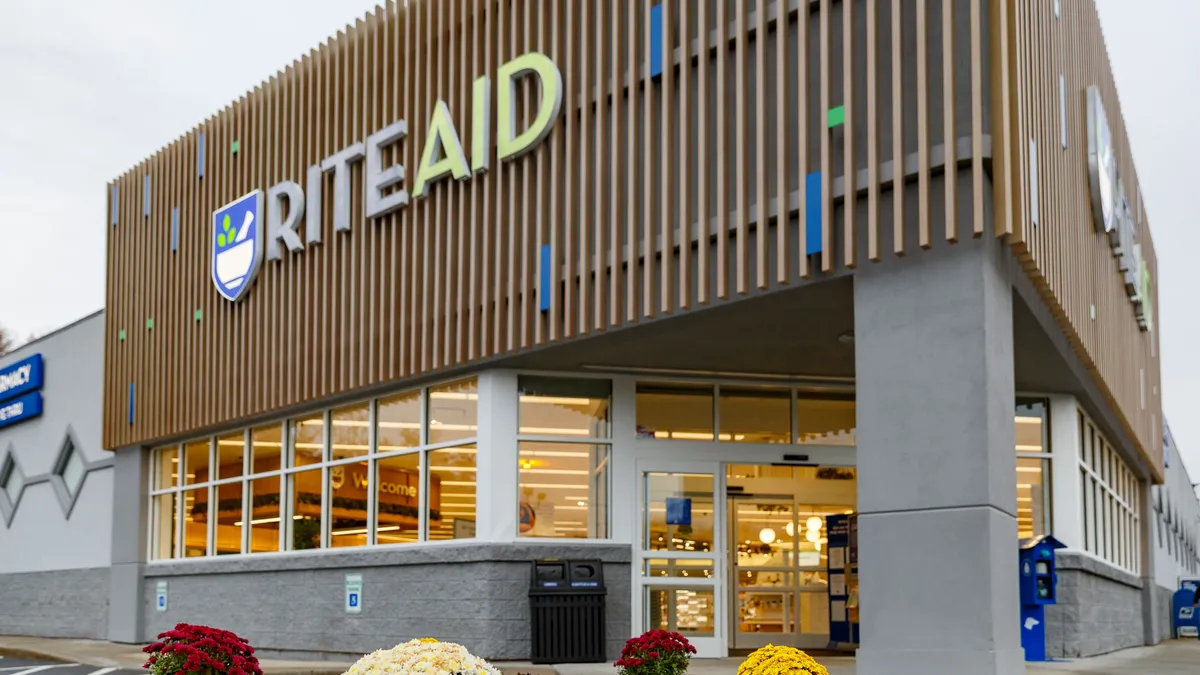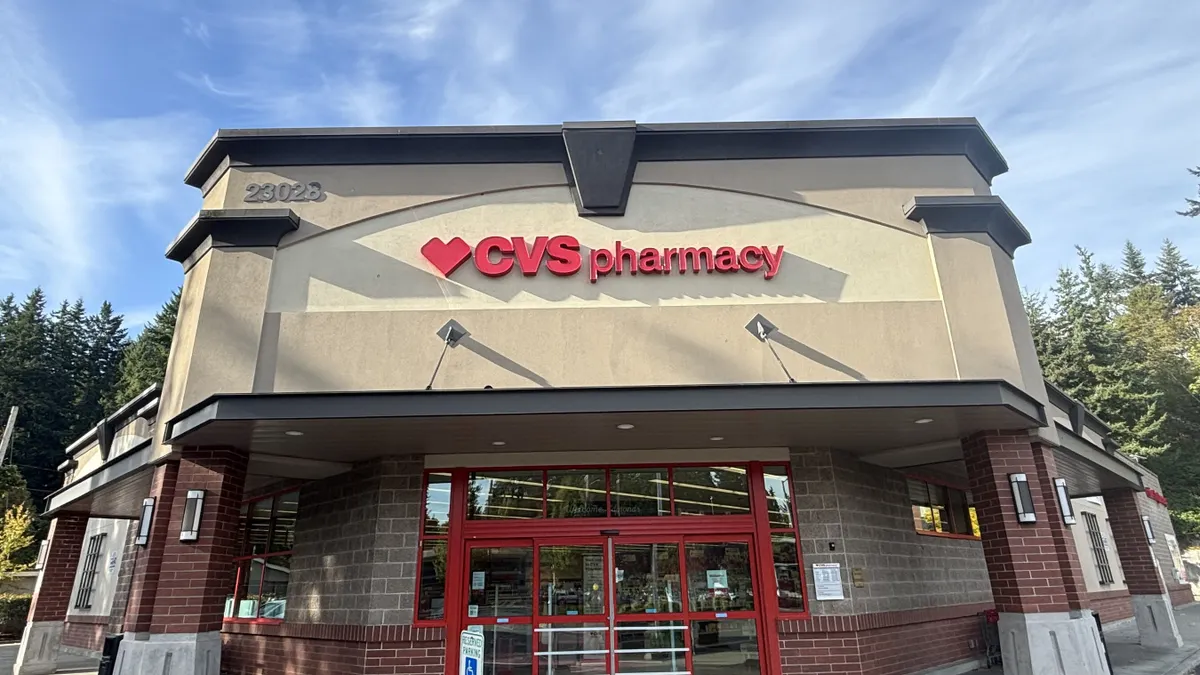George Zimmer opened the first Men's Wearhouse with $7,000 of his own money and $30,000 borrowed from his father, a raincoat manufacturer.
From there Zimmer worked to build a company based on a solid corporate reputation, donating a portion of pre-tax profits, keeping vendors in good stead and pegging marketing to Zimmer's famous word of guarantee.
The company Zimmer started and left years ago, which ultimately became Tailored Brands, is still borrowing money, and in much larger amounts, now just to stay alive as the pandemic continues to depress spending on apparel.
Tailored Brands emerged from bankruptcy in early December and, by several accounts, immediately ran into liquidity and financial problems. Facing a cash crunch and another potential bankruptcy, the company negotiated $75 million in emergency financing just months after bankruptcy, and immediately came under fire from some former bondholders who feared losing their investment.
Since then, customer traffic to the retailer has picked up but remains well below pre-pandemic levels, as does spending with Tailored Brands' biggest banners. At the same time, there has been turnover in the C-suite. All of it adds turns and speed bumps to the company's road forward.
Unsuited for a pandemic
Amid brick-and-mortar declines and casualization of workplaces, Tailored Brands' sales were falling consistently in the years leading up to the COVID-19 crisis, but the company had also been in the black since 2015, posting regular though fluctuating profits.
The pandemic had an outsized impact on apparel sellers in general with spending and foot traffic falling in tandem. Not only did shoppers avoid stores, but they were avoiding the occasions that call for new apparel — not least of all white-collar work.
In the first quarter of 2020, which included the temporary closure of its stores, Tailored Brands racked up a $258.7 million operating losses as sales fell by nearly 60%.
Holly Etlin, a managing director with AlixPartners working with Tailored Brands as chief restructuring officer, said in court papers at the time the company filed that Tailored Brands had suffered deeply during the pandemic.
That included supply chain disruptions, reduced store traffic, temporary store closures, employee disruptions and, on the demand side of its business, cancellations of events like weddings and proms. Well into the pandemic, the company launched buy online, pick up in store and curbside systems for its largest banners, Men's Wearhouse and Jos. A. Bank.
The retailer went into bankruptcy in August, even though, as Fitch analysts noted in a report this year, it didn't have any looming maturities and may have survived the pandemic without needing a Chapter 11.
Fears of a second bankruptcy
Tailored Brands announced its emergence from bankruptcy on Dec. 1. At the time, then-CEO Dinesh Lathi said that his company was "confident we are well-positioned for the future and look forward to building upon this momentum as we enter this next chapter."
Roughly two weeks later, Lathi told the company's interim board that Tailored Brands was having liquidity problems. That was noted in a hearing last week by an attorney for beneficiaries to a trust holding a minority stake in Tailored Brands, and who have been fighting the retailer's emergency loan that came in the following months.
In that group were bondholders that received through a trust representing them a stake in the reorganized Tailored Brands as part of its ultimate reorganization plan. Representing their interests was a trustee, Mohsin Meghji, managing partner with advisory firm M3 Partners.
Meghji found out weeks later about the company's financial woes — shortfalls triggered by lower-than-projected sales that threatened to trigger covenant defaults on its debt. Those defaults could have precipitated another bankruptcy and even, Meghji told the trust's beneficiaries later in a memo, liquidation of the company.
With Tailored in severe financial distress already, the company started looking for a lifeline. It came in the form of $75 million new debt financing from Silver Point Capital, the largest shareholder in the reorganized Tailored Brands and also a secured lender. The financing closed the first week of March.
Once trust beneficiaries found out about the loan, some of them raised alarms. Silver Point's new debt investment converts into equity, diluting to almost nothing the value of the minority stake given to bondholders in the reorganization.
The settlement the company reached with Meghji on behalf of the share-owning trust's beneficiaries, offering $3.3 million for the group's stake, didn't offer much more. But Meghji determined after doing due diligence on the company's financial position that the settlement was better than the alternative: a bankruptcy scenario where the beneficiaries would get nothing, Meghji said in testimony.
Objecting beneficiaries also raised issues about the board makeup — with a disinterested board member who approved the Silver Point loans previously being listed as Silver Point's chosen director to represent its interests — and the fact that Meghji wasn't initially invited to board meetings about the company's financing needs though the trustee was required to observe. (Representatives of Tailored Brands said they told Meghji that its board was meeting on an interim basis in the weeks after Chapter 11 emergence and had not intended to exclude him.)
The settlement between Tailored Brands and the trustee was defended by the company and Meghji. It was ultimately approved last week by a federal bankruptcy court judge, who said "zero evidence" had been put forth to show the beneficiaries and former bondholders had been squeezed out through any scheming by Silver Point or the company.
Can customers come back fast enough?
Even having secured new financing, Tailored Brands faces plenty of uncertainty ahead. Not least is turnover in the C-suite.
The company parted ways with Lathi in March. Lathi came on as a board member in 2016 when the company tapped him for his financial expertise and background in the digital space. He only served in the chief executive role for about two years.
Tailored Brands said at the time it announced Lathi's departure that "this is the right time to re-evaluate the skills and experiences needed in the CEO role as the Company prepares for its next chapter of growth and success." Board members Bob Hull and Peter Sachse took over as interim co-CEOs while the company searches for a permanent chief.
Chief Customer Officer Carrie Ask, who also filled the function of chief merchant, followed Lathi out of the door, Women's Wear Daily reported.
While analysts have predicted a potential resurgence in apparel and fashion sales this year, the company still has a ways to go.
The good news: Foot traffic to its Men's Wearhouse and Jos. A. Bank banners surged in March compared to past months.
Foot traffic had remained 30% or more down year over year since last July (which represented an improvement over the dire months of Spring 2020), according to analytics firm Placer.ai. As late as February, traffic was down nearly 40%. But in March, foot traffic rocketed ahead, rising 61% year over year.
The bad news: Traffic at both banners remained well below 2019 levels, with traffic down nearly 25% against 2019 at Jos. A. Bank and down 28% at Men's Wearhouse, according to Placer.ai.
According to Earnest Research, Men's Wearhouse and Jos. A. Bank regained in-store market share since the early impact of COVID-19 in 2020. But the banners still have a lower share of in-store spend relative to early 2020.
In February, Men's Wearhouse lost 3% of market share year over year and Jos. A. Bank lost 6% compared to select competitors. By early this year, in-store spending at the banners has decelerated.
At the same time, the banners gained in online spending on professional and dress attire in February, taking share from competitors including Bonobos, Brooks Brothers, Indochino, and Charles Tyrwhitt, according to Earnest Research.
With COVID-19 vaccines rolling out, sellers of suits are hoping for a return to offices, weddings, proms, funerals and all the other events canceled and postponed during the pandemic. The question for Tailored Brands, which has already gone through one emergency since exiting Chapter 11, is whether the return will be fast enough and large enough to stabilize its business before another financial crisis hits.









